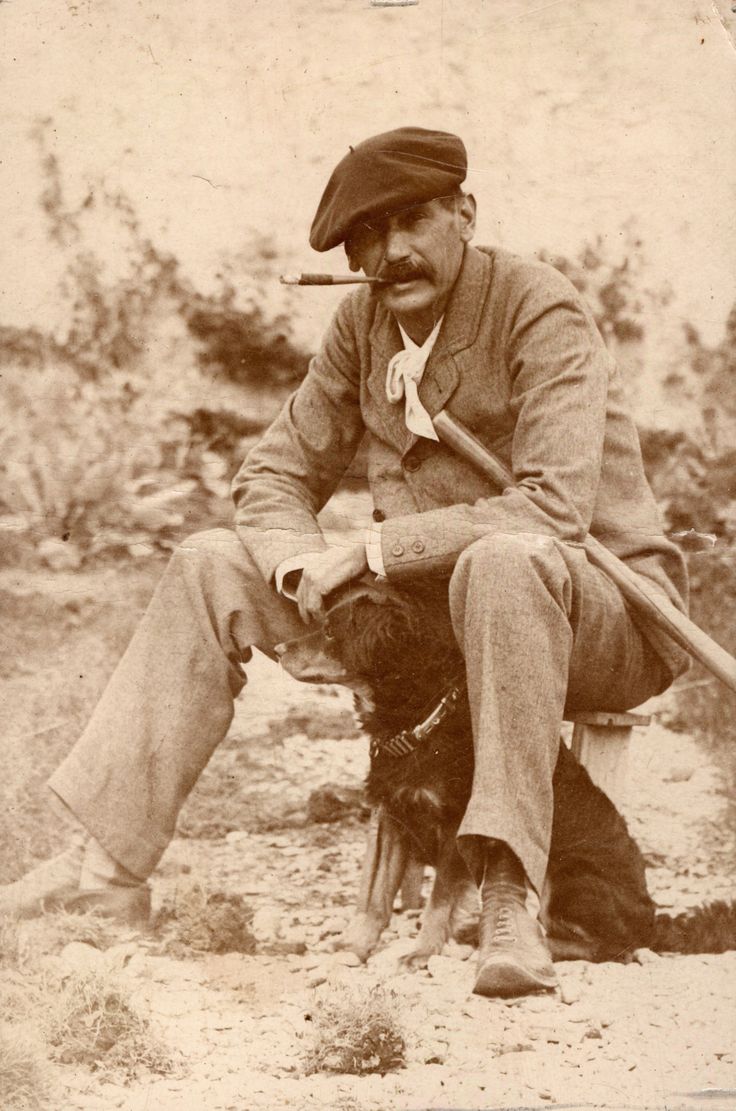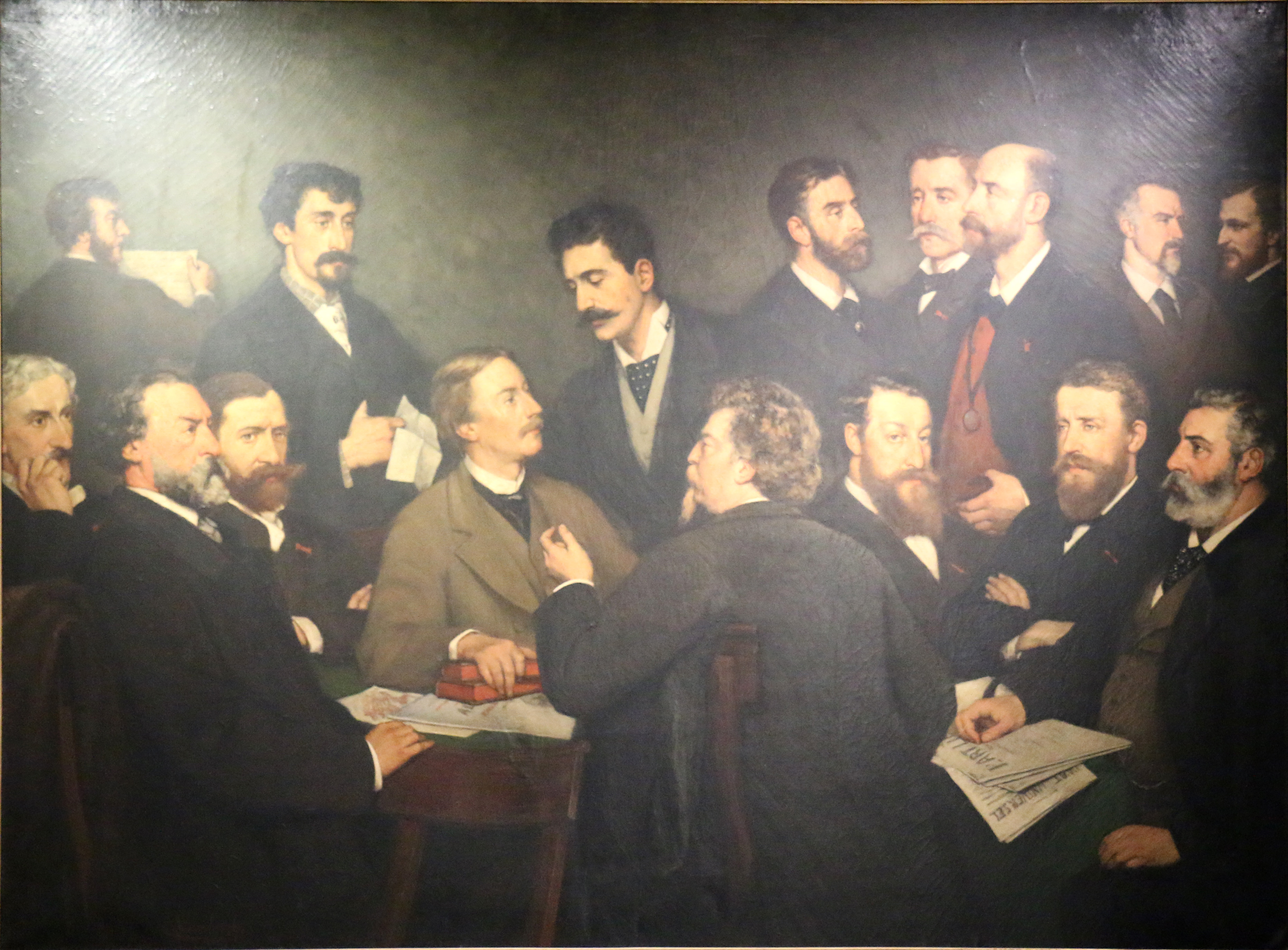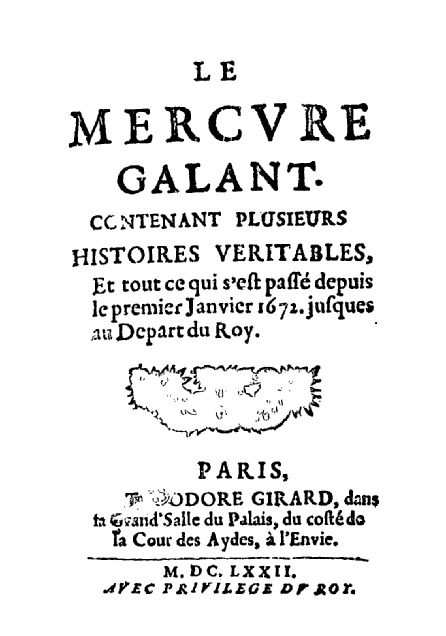|
Camille Lemonnier
Antoine Louis Camille Lemonnier (24 March 1844 – 13 June 1913) was a Belgian writer, poet and journalist. He was a member of the Symbolist ''La Jeune Belgique'' group, but his best known works are realist. His first work was ''Salon de Bruxelles'' (1863), a collection of art criticism. His best known novel is ''Un Mâle'' (1881). Biography Lemonnier was born in Ixelles, Brussels. He studied law, and then took a clerkship in a government office, which he resigned after three years. Lemonnier inherited Flemish blood from both parents, and with it the animal force and pictorial energy of the Flemish temperament. He published a ''Salon de Bruxelles'' in 1863, and again in 1866. His early friendships were chiefly with artists; and he wrote art criticisms with recognized discernment. In 1868 he was a founding member of the Société Libre des Beaux-Arts, an avant-gardist group whose ideals he championed. Taking a house in the hills near Namur, he devoted himself to sport, and develop ... [...More Info...] [...Related Items...] OR: [Wikipedia] [Google] [Baidu] |
Ixelles
( French, ) or (Dutch, ), is one of the 19 municipalities of the Brussels-Capital Region, Belgium. Located to the south-east of Brussels' city centre, it is geographically bisected by the City of Brussels. It is also bordered by the municipalities of Auderghem, Etterbeek, Forest, Uccle, Saint-Gilles and Watermael-Boitsfort. , the municipality had a population of 87,632 inhabitants. The total area is , which gives a population density of . In common with all of Brussels' municipalities, it is legally bilingual (French–Dutch). It is generally considered an affluent area of the city and is particularly noted for its communities of European and Congolese immigrants. Geography Ixelles is located in the south-east of Brussels and is divided into two parts by the Avenue Louise/Louizalaan, which is part of the City of Brussels. The municipality's smaller western part includes the Rue du Bailli/Baljuwstraat and extends roughly from the Avenue Louise to the /, whilst its la ... [...More Info...] [...Related Items...] OR: [Wikipedia] [Google] [Baidu] |
Symbolist Poetry
Symbolism was a late 19th-century art movement of French and Belgian origin in poetry and other arts seeking to represent absolute truths symbolically through language and metaphorical images, mainly as a reaction against naturalism and realism. In literature, the style originates with the 1857 publication of Charles Baudelaire's ''Les Fleurs du mal''. The works of Edgar Allan Poe, which Baudelaire admired greatly and translated into French, were a significant influence and the source of many stock tropes and images. The aesthetic was developed by Stéphane Mallarmé and Paul Verlaine during the 1860s and 1870s. In the 1880s, the aesthetic was articulated by a series of manifestos and attracted a generation of writers. The term "symbolist" was first applied by the critic Jean Moréas, who invented the term to distinguish the Symbolists from the related Decadents of literature and of art. Etymology The term ''symbolism'' is derived from the word "symbol" which derives from ... [...More Info...] [...Related Items...] OR: [Wikipedia] [Google] [Baidu] |
La Jeune Belgique
''La Jeune Belgique'' (meaning ''The Young Belgium'' in English) was a Belgian literary society and movement that published a French-language literary review ''La Jeune Belgique'' between 1880 and 1897. Both the society and magazine were founded by the Belgian poet Max Waller. Contributors to the review included Georges Rodenbach, Eugene Demolder, Émile Verhaeren, Maurice Maeterlinck, Charles van Lerberghe, Albert Giraud, Georges Eekhoud, Camille Lemonnier and Auguste Jennart. The magazine was started in 1880 under the name ''La Jeune revue littéraire'' which was changed to ''La Jeune Belgique'' in 1881. The headquarters of the magazine, which was published biweekly, was in Brussels. In its later year the frequency of the magazine became published monthly and then, bimonthly. In addition, the magazine was published both in Brussels and in Paris Paris () is the Capital city, capital and List of communes in France with over 20,000 inhabitants, most populous city of Fra ... [...More Info...] [...Related Items...] OR: [Wikipedia] [Google] [Baidu] |
Literary Realism
Literary realism is a literary genre, part of the broader realism in arts, that attempts to represent subject-matter truthfully, avoiding speculative fiction and supernatural elements. It originated with the realist art movement that began with mid- nineteenth-century French literature (Stendhal) and Russian literature (Alexander Pushkin). Literary realism attempts to represent familiar things as they are. Realist authors chose to depict everyday and banal activities and experiences. Background Broadly defined as "the representation of reality", realism in the arts is the attempt to represent subject matter truthfully, without artificiality and avoiding artistic conventions, as well as implausible, exotic and supernatural elements. Realism has been prevalent in the arts at many periods, and is in large part a matter of technique and training, and the avoidance of stylization. In the visual arts, illusionistic realism is the accurate depiction of lifeforms, perspective, and the ... [...More Info...] [...Related Items...] OR: [Wikipedia] [Google] [Baidu] |
Flemings
The Flemish or Flemings ( nl, Vlamingen ) are a Germanic ethnic group native to Flanders, Belgium, who speak Dutch. Flemish people make up the majority of Belgians, at about 60%. "''Flemish''" was historically a geographical term, as all inhabitants of the medieval County of Flanders in modern-day Belgium, France, and the Netherlands were referred to as "Flemings", irrespective of their ethnicity or language. The contemporary region of Flanders comprises a part of this historical county, as well as parts of the medieval duchy of Brabant and the medieval county of Loon, where the modern national identity and culture gradually formed. History The sense of "Flemish" identity increased significantly after the Belgian Revolution. Prior to this, the term "Vlamingen" in the Dutch language was in first place used for the inhabitants of the former County of Flanders. Flemish, however, had been used since the 14th century to refer to the language and dialects of both the peoples of ... [...More Info...] [...Related Items...] OR: [Wikipedia] [Google] [Baidu] |
Société Libre Des Beaux-Arts
The Société Libre des Beaux-Arts ("Free Society of Fine Arts") was an organization formed in 1868 by Belgian artists to react against academicism and to advance Realist painting and artistic freedom. Based in Brussels, the society was active until 1876, by which time the aesthetic values it espoused had infiltrated the official Salon. It played a formative role in establishing avant-gardism in Belgium. History The first exhibition of the Free Society was held in 1868 to provide an alternative art space beyond the Salon. Three exhibitions were held in 1872. The society's manifesto was written by Camille van Camp and published 31 January, 1869. It promoted the "free and individual interpretation of nature" characteristic of Realist art, along with avant-garde concepts such as "struggle, change, freedom, progress, originality and tolerance." The society published the periodicals ''L'Art Libre'', a bi-monthly review (1871–72), and ''L'Art Universel'' (1873–76). In the firs ... [...More Info...] [...Related Items...] OR: [Wikipedia] [Google] [Baidu] |
Namur
Namur (; ; nl, Namen ; wa, Nameur) is a city and municipality in Wallonia, Belgium. It is both the capital of the province of Namur and of Wallonia, hosting the Parliament of Wallonia, the Government of Wallonia and its administration. Namur stands at the confluence of the rivers Sambre and Meuse and straddles three different regions – Hesbaye to the north, Condroz to the south-east, and Entre-Sambre-et-Meuse to the south-west. The city of Charleroi is located to the west. The language spoken is French. The municipality consists of the following districts: Beez, Belgrade, Boninne, Bouge, Champion, Cognelée, Daussoulx, Dave, Erpent, Flawinne, Gelbressée, Jambes, Lives-sur-Meuse, Loyers, Malonne, Marche-les-Dames, Naninne, Saint-Servais, Saint-Marc, Suarlée, Temploux, Vedrin, Wépion, and Wierde. History Early history The town began as an important trading settlement in Celtic times, straddling east–west and north–south trade routes across the ... [...More Info...] [...Related Items...] OR: [Wikipedia] [Google] [Baidu] |
Émile Zola
Émile Édouard Charles Antoine Zola (, also , ; 2 April 184029 September 1902) was a French novelist, journalist, playwright, the best-known practitioner of the literary school of naturalism, and an important contributor to the development of theatrical naturalism. He was a major figure in the political liberalization of France and in the exoneration of the falsely accused and convicted army officer Alfred Dreyfus, which is encapsulated in his renowned newspaper opinion headlined ''J'Accuse…!'' Zola was nominated for the first and second Nobel Prize in Literature in 1901 and 1902. Early life Zola was born in Paris in 1840 to François Zola (originally Francesco Zolla) and Émilie Aubert. His father was an Italian engineer with some Greek ancestry, who was born in Venice in 1795, and engineered the Zola Dam in Aix-en-Provence; his mother was French. The family moved to Aix-en-Provence in the southeast when Émile was three years old. Four years later, in 1847, his father die ... [...More Info...] [...Related Items...] OR: [Wikipedia] [Google] [Baidu] |
Gil Blas (periodical)
''Gil Blas'' (or ''Le Gil Blas'') was a Parisian literary periodical named for Alain-René Lesage's novel ''Gil Blas''. It was founded by the sculptor Augustin-Alexandre Dumont in November 1879. ''Gil Blas'' serialized novels, such as Émile Zola's '' Germinal'' (1884) and ''L'Œuvre'' (1885), before they appeared in book form. Numerous Guy de Maupassant short stories debuted in ''Gil Blas''. The journal was also known for its opinionated arts and theatre criticism. Contributors included René Blum, Alexandru Bogdan-Pitești, and Abel Hermant. Théophile Steinlen and Albert Guillaume provided illustrations. ''Gil Blas'' was published regularly until 1914, when there was a short hiatus due to the outbreak of World War I. Afterwards, it was published intermittently until 1938."Gil Blas," |
Bruges
Bruges ( , nl, Brugge ) is the capital and largest City status in Belgium, city of the Provinces of Belgium, province of West Flanders in the Flemish Region of Belgium, in the northwest of the country, and the sixth-largest city of the country by population. The area of the whole city amounts to more than 13,840 hectares (138.4 km2; 53.44 sq miles), including 1,075 hectares off the coast, at Zeebrugge (from , meaning 'Bruges by the Sea'). The historic city centre is a prominent World Heritage Site of UNESCO. It is oval in shape and about 430 hectares in size. The city's total population is 117,073 (1 January 2008),Statistics Belgium; ''Population de droit par commune au 1 janvier 2008'' (excel-file) Population of all municipalities in Belgium, as of 1 ... [...More Info...] [...Related Items...] OR: [Wikipedia] [Google] [Baidu] |
Mercure De France
The was originally a French gazette and literary magazine first published in the 17th century, but after several incarnations has evolved as a publisher, and is now part of the Éditions Gallimard publishing group. The gazette was published from 1672 to 1724 (with an interruption in 1674–1677) under the title (sometimes spelled ; 1672–1674) and (1677–1724). The title was changed to in 1724. The gazette was briefly suppressed (under Napoleon) from 1811 to 1815 and ceased publication in 1825. The name was revived in 1890 for both a literary review and (in 1894) a publishing house initially linked with the symbolist movement. Since 1995 has been part of the Éditions Gallimard publishing group. should not be confused with another literary magazine, the (1823–1830). The original ''Mercure galant'' and ''Mercure de France'' The ''Mercure galant'' was founded by the writer Jean Donneau de Visé in 1672. The name refers to the god Mercury, the messenger of the ... [...More Info...] [...Related Items...] OR: [Wikipedia] [Google] [Baidu] |
1844 Births
In the Philippines, it was the only leap year with 365 days, as December 31 was skipped when 1845 began after December 30. Events January–March * January 15 – The University of Notre Dame, based in the city of the same name, receives its charter from Indiana. * February 27 – The Dominican Republic gains independence from Haiti. * February 28 – A gun on the USS ''Princeton'' explodes while the boat is on a Potomac River cruise, killing two United States Cabinet members and several others. * March 8 ** King Oscar I ascends to the throne of Sweden–Norway upon the death of his father, Charles XIV/III John. ** The Althing, the parliament of Iceland, is reopened after 45 years of closure. * March 9 – Giuseppe Verdi's opera ''Ernani'' debuts at Teatro La Fenice, Venice. * March 12 – The Columbus and Xenia Railroad, the first railroad planned to be built in Ohio, is chartered. * March 13 – The dictator Carlos Antonio López becomes first President of Pa ... [...More Info...] [...Related Items...] OR: [Wikipedia] [Google] [Baidu] |





.jpg)

.jpg)